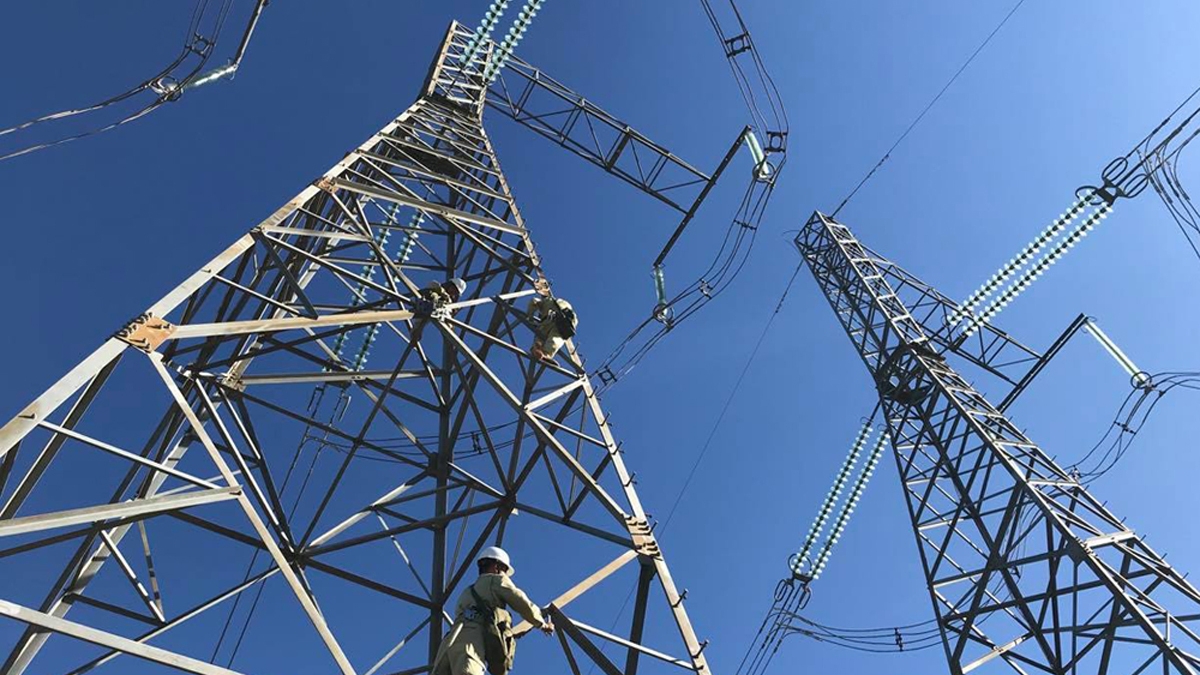
REPORT SUMMARY “Dual-use approaches for Solar energy and Food production, International experience and potentials for Vietnam”
Since the Prime Minister issued a policy to develop solar power projects in April 2017, Vietnam has witnessed a boom in the number of solar power projects registered in many provinces and cities in Vietnam. Together with the considerable contribution from renewable energy and rising private investment, the sharply increase in the number of solar power project in some certain areas in Vietnam also raises controversial issues over the land-use for agricultural development and livelihoods of local people. In order to avoid negative impacts on society of clean energy development, it is necessary to find a "win-win" solution to ensure the benefits to and contributions of local people and stakeholders in the decision-making process.
In 2018, Green Innovation and Development Center (GreenID) implemented "Study on the Best Practices of Dual-use Approaches in the Field of Renewable Energy Development in Can Tho city, Vietnam” with the objective of finding the most effective application to combine electricity production from solar energy and agricultural production on the same land. Under the financial support from Rosa Luxemburg Stiffting, the study was conducted by a team of international and national experts including Mr. Rainer Brohm - international solar energy expert, Dr. Nguyen Quoc Khanh – energy economic and geographic information systems, (GIS) experts and GreenID’s researchers. During implementation, we conducted field surveys, synthesis - analysis of land and solar energy data of Can Tho, while also reviewing the best practices of Dual-use model in the World and organizing consultation workshop in Can Tho. The report "Dual-use approaches for Solar energy and Food production, International experience and potentials for Vietnam" has been completed, giving a new concept and approach to the model "Dual-use of Solar Energy and Food-production”.
Key findings:
- Solar PV dual-use or agrivoltaic can resolve this land-use conflict between energy and agriculture production, by combining both on the same site. Developed in the early 1980’s in Germany, the concept has been implemented in a number of countries with hundreds of (mainly small scale) projects and applications. Recently, a growing number of larger, commercial projects have been implemented in countries such as China, Japan, Italy or France.
- Social – Economic benefits of solar dual-use for farmers and the public include energy cost savings, additional income of local farmers with potentially higher investments and tax revenues, improved marketing opportunities and competitiveness (sustainable production/supply chain), potentially improved agricultural practices, the reduction of (peak) energy demand, a reduction of CO2 and hazardous local emissions from conventional thermal power plants (such as coal), and the development of a more competitive sustainable agricultural sector in general (for domestic and export markets).
- The application of this concept in a case study for Can Tho shows great potential for solar dual-use. Suitability for solar dual-use (agrivoltaic) applications could be identified for nine agricultural and aquaculture products (rice, corn/maize, soybean, sesame, vegetables, cassava/starch roots, livestock, fish and shrimp).
- Based on these crops, an overall “realistic” technical potential could be calculated for Can Tho. Excluding rice production, this potential is in the range of 700 to 1,100 MWp, equaling an electricity potential of 1 to 1.5 TWh. This solar electricity generation would cover 46% to 70% of Can Tho’s annual electricity demand.
- Including dual-use application on rice production areas, the “realistic” potential would increase to 7,500 to 11,300 MWp or 10.5 to 16 TWh. This amount of clean electricity far exceeds the city’s electricity demand and could thus contribute to the demand of the wider Mekong Delta region and further neighboring provinces.
- Regarding the costs of solar power from dual-use applications, a conservative assessment was made based on assumptions derived from the limited available international data. According to this assessment, the solar dual-use LCOE are estimated at 9.07 USct/kWh in a base case scenario, with a range between 8.40 USct/kWh (low cost case) and 9.81 USct/kWh (high cost case) and therefore roughly within the range of the current FiT in Viet Nam (9.35 USct/kWh) or about 1.5 USct/kWh above the current avoided cost tariff for Southern Viet Nam (7.48 USct/kWh).
Recommendation:
- To develop solar dual-use in Can Tho and Viet Nam in general, the development of a Dual-Use Roadmap is suggested. The most important element of such a roadmap would be the implementation of a Vietnamese solar dual-use pilot project to verify the suitability and potential of selected crops in the local agro-ecological context.
- A development strategy should include an institutional foundation such as regional Regional Coordination Board or Working Group to integrate important stakeholders, to undertake policy advocacy work towards regulators or financing institutions and to raise awareness among farmers and other sector stakeholders.
- On the regulatory side, it is suggested to further identify potential barriers in the regulatory framework, in particular in land-use regulations. On the national level, the FiT needs to be opened for solar dual-use applications. This includes basically two aspects, the eligibility of dual-use applications for the support measures and the amount of financial support necessary to trigger market development and pilot projects in the first place (a small FiT premium for solar dual-use applications could help to mobilize investments in an early development stage of this technology).
- Solar dual-use could be considered and acknowledged in national and international strategic planning and policy instruments such as the National Power Development Plan, the Viet Nam Green Growth Strategy or the climate change target framework (NDC).
For more information, please visit full report at http://bit.ly/Dual-use-report-en
Any question about the report, please contact Ms.Nguyen Thi Mai Dung – Project officer at GreenID via email: nmdung@greenidvietnam.org.vn or info@greenidvietnam.org.vn

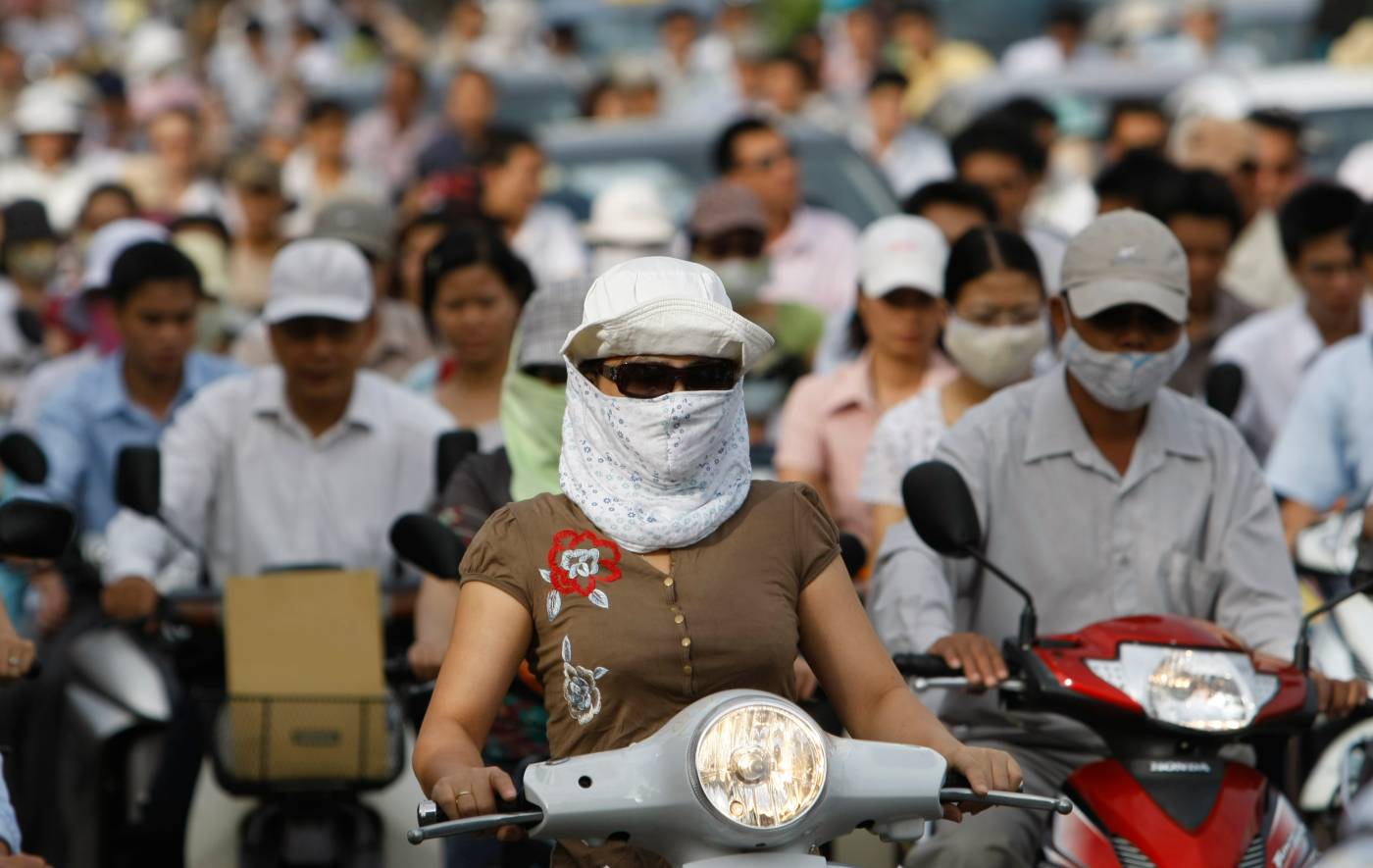

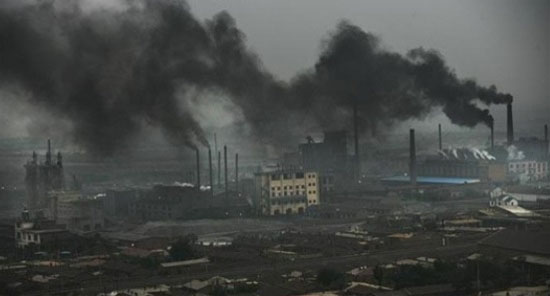
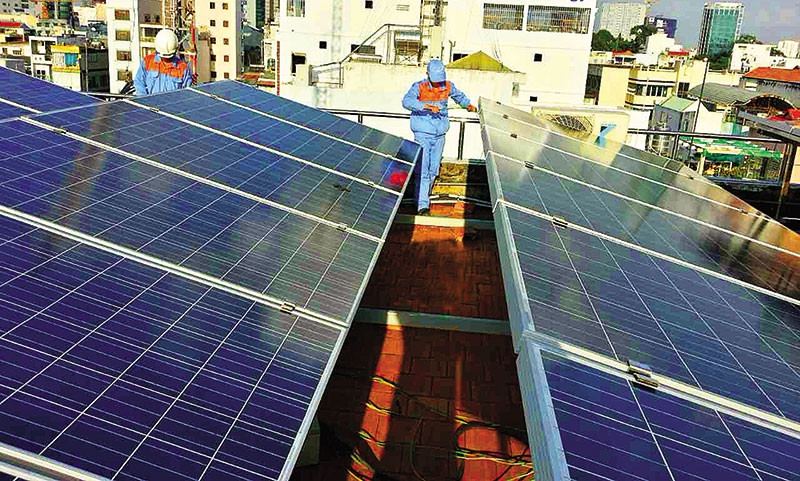
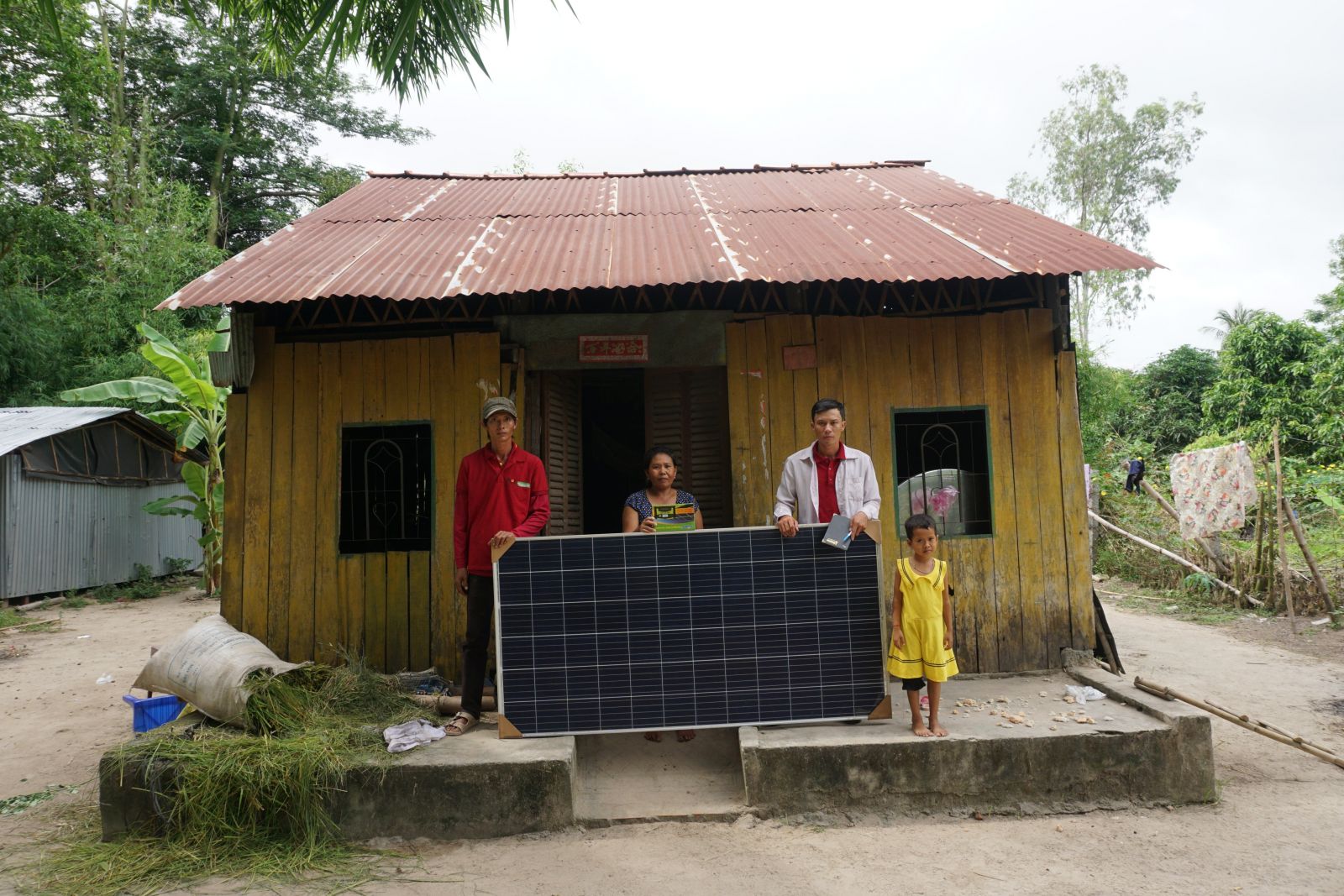

.png)
